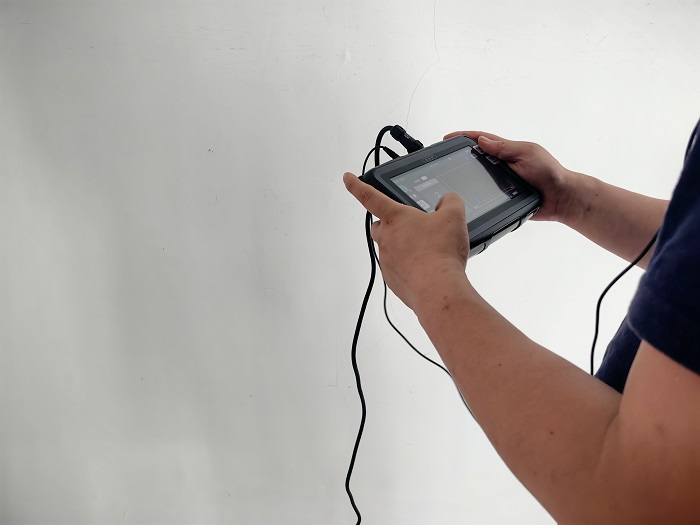In modern society, the maintenance of water systems is crucial for both residential and commercial buildings. Water leakage not only causes waste of water resources, but also leads to a series of problems such as structural damage to buildings and mold growth. Therefore, timely detection and repair of water leakage points have become particularly important. As an advanced detection tool, pipeline leak detector plays an indispensable role in this process.

The working principle of pipeline leak detector
Pipeline leak detector is a specialized equipment used to detect internal or external water leakage in pipelines. It usually determines the specific location of water leakage through various methods such as sound, temperature changes, humidity monitoring, etc. For example, acoustic detectors can capture specific frequencies of sound generated by water flow, while thermal imagers can identify potential leakage points through temperature differences.
Main types
According to different working principles, pipeline leak detectors can be divided into multiple types:
Acoustic detector: locates leakage points by monitoring the sound generated by water flow in pipelines.
Infrared thermal imager: uses thermal imaging technology to detect temperature changes caused by water leakage.
Humidity sensor: Installed near suspicious areas, it will sound an alarm once the humidity exceeds the threshold.
Wireless signal detector: Suitable for buried pipelines, it determines the location and condition of the pipeline by transmitting and receiving signals.
Application scenarios
Pipeline leak detectors are widely used in various situations:
Residential area: Help homeowners quickly locate the source of water leakage and reduce maintenance costs.
Commercial buildings: Ensure the normal operation of the water supply system for large building complexes and avoid unnecessary economic losses.
Industrial facilities: Monitor the cooling water circulation system during the production process to ensure the safety and stability of production equipment.
Public facilities, such as parks, schools, etc., ensure that the water system of public facilities does not waste resources due to leakage.
Usage and precautions
Before use, one should first understand the basic operating instructions of the equipment.
For acoustic detectors, try to use them at night or during periods of low environmental noise to more accurately capture subtle sounds.
Using multiple types of detectors for cross validation can improve the accuracy of detection.
Regularly maintain and calibrate equipment to ensure it is in optimal working condition.
Conclusion
With the advancement of technology, the design of pipeline leak detectors is constantly being optimized, and their functions are becoming more comprehensive. For organizations and individuals who need to maintain large-scale water systems, choosing the appropriate pipeline leak detector is key to ensuring the safe and efficient operation of the system. By using these high-tech tools reasonably, we can not only effectively prevent the waste of water resources, but also protect our living environment from the damage caused by water leakage.








